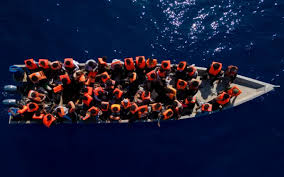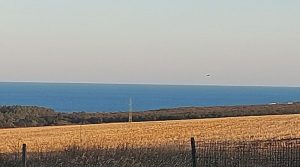Foreign language learning increases among EU students

Brussels: The majority of pupils in primary and secondary education in the EU study at least one foreign language: in 2021, this consisted of 86.3% of pupils in primary education, 98.5% of students in lower secondary and 91.0% in upper secondary education.
In 2021, 61.0% of students in upper secondary general education (ISCED level 34) studied two or more foreign languages as compulsory subjects or as compulsory curriculum options, +2.6 percentage points (pp) more than in 2013 (58.4%). In upper secondary vocational education (ISCED level 35), this share was 34.9%, +0.8 pp than in 2013 (34.1%).
In Luxembourg and France, all students in upper secondary general education studied two or more foreign languages. Czechia, Romania and Slovakia also registered a large share of students studying two or more languages (all 99%). These EU countries were followed closely by Estonia (97%), Slovenia and Finland (both 96%).
Bar chart: Students studying two or more foreign languages in the EU, % of students at upper secondary general and vocational education, 2021
When it comes to upper secondary vocational education, Romania was the only EU country where almost all students (97%) studied two or more foreign languages in 2021. Finland (82%) followed, with Poland (77%) and Luxembourg (75%) coming next.
In 2021, English was the most studied foreign language at the upper secondary general and vocational education level in the EU, with 96.8% and 78.6% of students learning it, respectively.
In terms of general education, Spanish ranked second (26.8%), followed by French (22.3%), German (21.8%) and Italian (3.2%). In addition, Russian was the non-EU language most commonly learned in the EU (2.8%), especially in Estonia (66%) and Latvia (59%), followed by Lithuania (28%) and Bulgaria (25%).
In vocational education, the German language came in second (17.9%), followed by French (16.4%), Spanish (7.0%) and Russian (2.2%). In this case, Russian was mostly learned in Latvia (42%), Bulgaria (30%) and Cyprus (15%)





